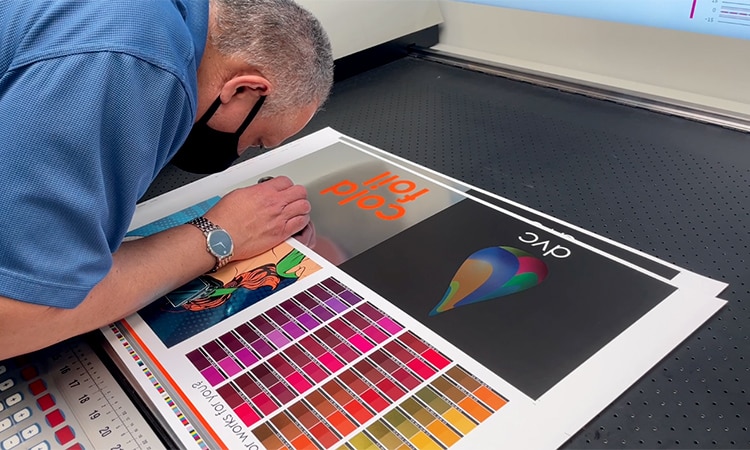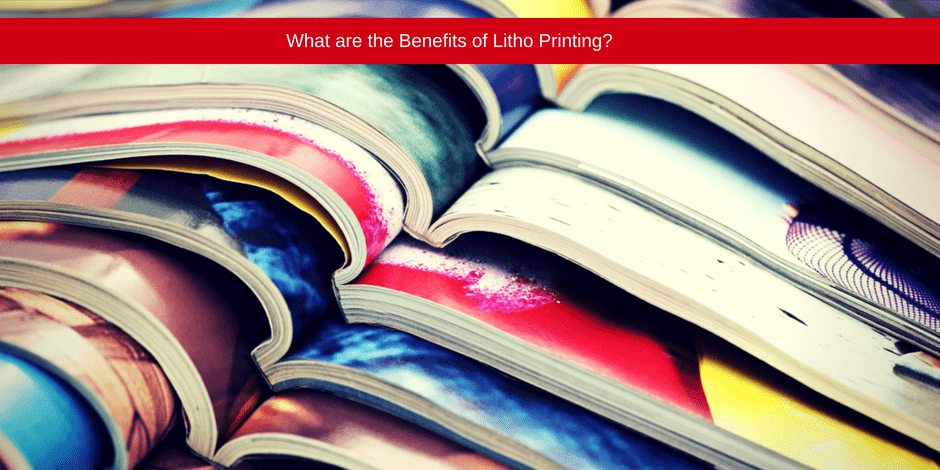Why litho printing Is Best Suited for High-Volume Print Runs
Why litho printing Is Best Suited for High-Volume Print Runs
Blog Article
A Comprehensive Guide to Comprehending Litho Printing Methods
The world of litho printing, a strategy originating from the late 18th century, is an interesting blend of background, development, scientific research and art. This detailed overview will decipher the complexities of this printing approach, from the structure of litho inks to the obstacles dealt with in modern-day applications. As we venture right into the complexities of lithography, the relevance of automation and sustainability in ensuring its future significance becomes significantly clear. Remain with us as we journey into the exciting world of litho printing.
The Historic Advancement of Litho Printing
The historic trajectory of litho printing, a pivotal technology in the realm of communication, is an exciting story of human resourcefulness. Birthed in the late 18th century by Alois Senefelder, this technique was initially an affordable technique of publishing staged jobs. Lithography, stemmed from the Greek words for 'stone' and 'to compose', used a smooth rock surface area to move pictures onto paper. The procedure evolved with the arrival of the rotating press, which considerably enhanced productivity (litho printing). In the 20th century, the technology of countered lithography reinvented the market, enabling mass manufacturing of premium prints. Each phase of litho printing's development showcases humanity's ruthless search of effectiveness and top quality in visual interaction.
Decoding the Scientific Research Behind Litho Printing Inks
Progressing in the expedition of litho printing strategies, the focus now shifts to the scientific research behind litho printing inks. The structure of these inks, their drying out process, and shade mixing techniques create the foundation of this complicated art kind. Understanding these components is critical to grasping the craft and achieving the desired print outcomes.
Make-up of Litho Inks
In lithographic printing, the essential duty of litho inks can not be overemphasized. The composition of litho inks varies depending upon its function, but generally, they consist of 2 major elements - automobiles and pigments. Pigments, the color-providing aspects, are carefully ground particles suspended in the car, a fluid that carries the pigment onto the printing surface. The automobile is a complicated combination of resins, oils, and solvents, which affect the ink's drying out time, adhesion, and gloss. In addition, numerous additives exist to boost particular residential properties like circulation, drying, and resistance to environmental effects. Each element plays a crucial part in the final print's high quality, making the specific formula of litho inks an elaborate scientific research.
Ink Drying Process
From the composition of litho inks, interest turns to the remarkable procedure of ink drying. The drying process is essential, as it impacts the last print's top quality and durability. Two main methods are used in litho printing: oxidative drying and absorption. Oxidative drying out includes the ink reacting with oxygen airborne to create a hard, completely dry movie. This approach gives a resilient finish, yet can be slower compared to absorption. Absorption, on the other hand, involves the ink seeping into the paper fibers, which is a quicker process yet can result in much less vivid colors. The option in between these techniques depends on factors such as print speed requirements, the paper type utilized, and the preferred coating.
Color Mixing Strategies
While the drying out process plays an essential role in litho printing, the scientific research of color mixing techniques holds equivalent value. The science behind litho printing inks additionally takes right into account the openness of the ink, which impacts exactly how colors overlay and mix.
The Art and Layout Elements in Litho Printing
Litho printing breathes life right into art and design via its one-of-a-kind elements. Litho printing fits a selection of colors, enabling artists to create vibrant and vibrant prints. This combination of accuracy and versatility makes litho printing a preferred option for several artists and developers.
Modern Applications of Litho Printing Methods
Litho printing methods have located considerable usage in the modern-day commercial sector. Its impact and value continue to expand with the advent of brand-new technologies and modern technologies in the area. This area will certainly explore these modern applications and the transformative role they play in the printing industry.
Industrial Litho Printing Uses
In today's electronic age, one could question the importance of standard printing techniques. Litho printing remains an important component of the commercial sector. High-volume printing jobs, such as the production of publications, papers, and click this site packaging, depend on litho printing for its capacity to supply premium picture quality and cost performance. The process, which entails transferring an inked image from a plate onto a rubber covering and after that to the printing surface area, provides unmatched uniformity. This makes it optimal for tasks calling for a huge print run. Litho printing likewise supplies a broad shade spectrum, superior to that of digital printing. This makes it the go-to choice for jobs that demand dynamic, top quality shade recreation.
Innovations in Litho Printing
Pressing the limits of conventional techniques, contemporary advancements have sustained a host of innovations in litho printing. One famous growth is digital litho printing, which integrates the virtues of electronic technology with litho's high-quality outcome. These innovations highlight the enduring importance of litho printing in the contemporary globe.
Discovering the Refine of Litho Printing: Detailed

Difficulties and Solutions in Contemporary Litho Printing

In spite of the accuracy and practice that litho printing happily maintains, it is not without its collection of modern challenges. Digital litho printing allows for economical go to this web-site short runs and simple customization, addressing the problem of variable data. Thus, while there are obstacles, the litho printing sector is proactively adapting to meet them head-on, guaranteeing its importance in the future.
Verdict
In conclusion, litho printing, with its rich background and scientific intricacies, holds a substantial location in the print market. The future of litho printing hinges on its ability to adapt to these changing needs, verifying its enduring worth in a progressing market.

Report this page